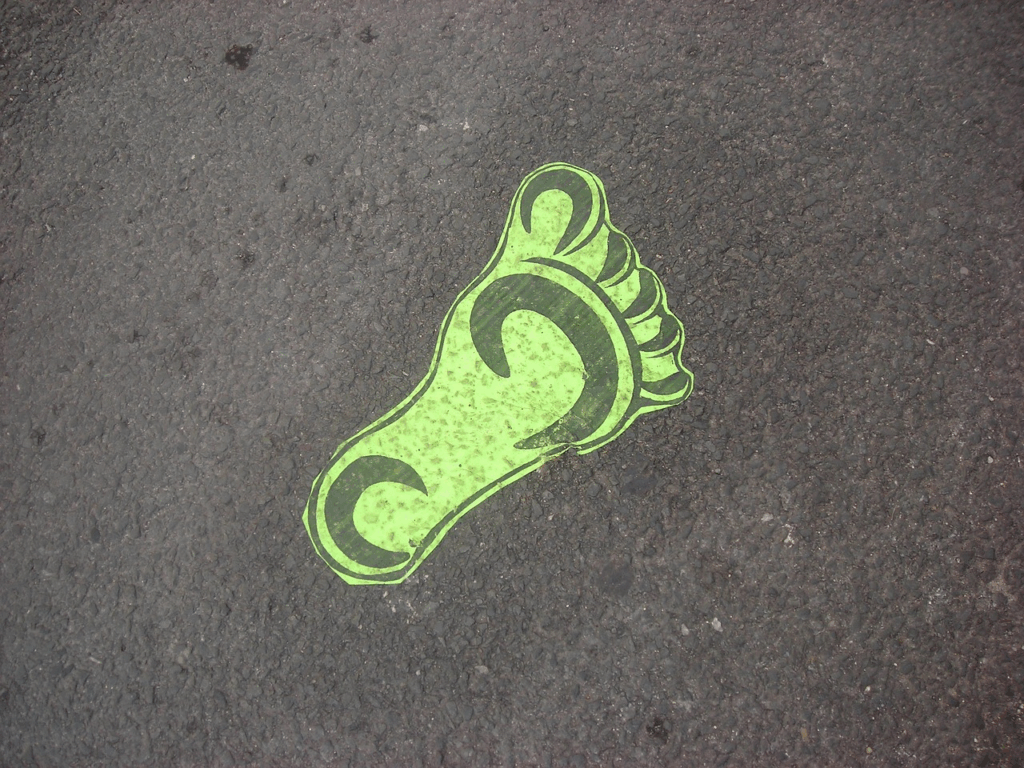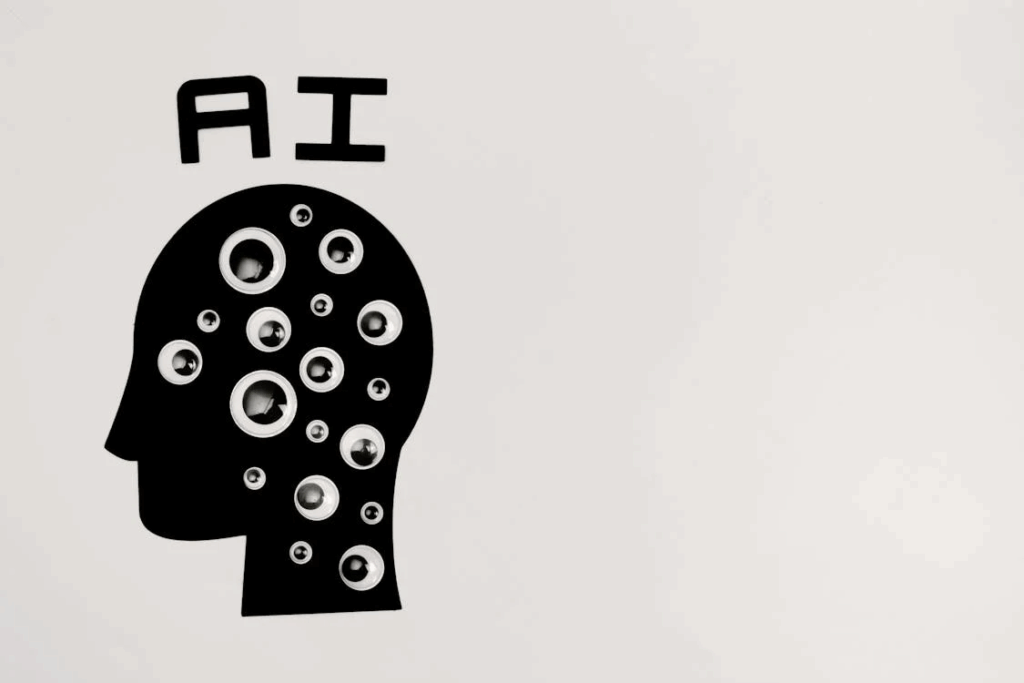Product & Industrial Design: Speed, Simulation, Sustainability
6. Product & Industrial Design: Speed, Simulation, Sustainability

Design isn’t just about how something looks anymore, it’s about how fast you can make it, how well it performs, and how gently it treads on the planet. Welcome to the new era of product and industrial design, where artificial intelligence is helping creators move from idea to prototype at lightning speed, run simulations before anything is 3D printed, and even consider how sustainable a material will be before it’s chosen.
At the forefront of this formation are tools like nTopology, founded by Bradley Rothenberg, and Autodesk Fusion 360 with its powerful generative design extensions. These platforms are turning the design process into a smart, collaborative dance between humans and machines, where intuition meets algorithm, and creativity meets efficiency.
Let’s dive into how this AI-powered revolution is unfolding.
Table of Contents
6.1 The Tools Behind the Magic

The next generation of design tools does more than just sketch your ideas—they co-create with you. They simulate, analyze, and optimize. Whether you’re designing a lightweight aerospace bracket or a custom ergonomic wearable, AI-powered platforms are transforming what designers and engineers can achieve—faster, smarter, and more sustainably.
Here’s a look at some of the most powerful tools reshaping the product design landscape:
1) nTopology
Founder: Bradley Rothenberg | Founded: 2015
Company: nTopology Inc.
Designed for advanced manufacturing, nTopology is widely used in industries like aerospace, automotive, and medical. It specializes in implicit modeling, lattice generation, and topology optimization, allowing designers to create lightweight structures and functionally graded materials that traditional CAD systems can’t handle.
2) Fusion 360 + Generative Design
Company: Autodesk
Fusion 360’s Generative Design Extension lets users define performance targets—like strength, weight, and material cost—and then generates multiple valid design solutions. The platform accounts for real-world manufacturing constraints such as CNC, 3D printing, or die casting, delivering production-ready geometries.
3) Siemens NX with Generative Engineering
Company: Siemens Digital Industries Software
NX offers an integrated solution for generative design, additive manufacturing, and finite element analysis. Its AI-assisted simulation capabilities are ideal for enterprise-level industries seeking tight integration between design, simulation, and production.
4) Creo Generative Design (PTC)
Company: PTC
Creo incorporates generative design directly into the CAD workflow, enabling engineers to create AI-generated models without exporting to another tool. Its integration with simulation and product lifecycle management (PLM) makes it ideal for large-scale design-to-manufacture pipelines.
5) Ansys Discovery
Company: Ansys, Inc.
Ansys Discovery combines interactive modeling with instant physics simulation. While not a generative design tool in the strictest sense, it uses AI to deliver real-time feedback on design changes—ideal for early-stage concept validation.
6) Dassault Systèmes – CATIA with 3DEXPERIENCE
Company: Dassault Systèmes
CATIA, part of the 3DEXPERIENCE platform, includes design exploration tools that support AI and machine learning for large-scale collaborative product development. It’s popular in aerospace and automotive industries for its capacity to simulate complex systems across teams.
Summary Table: Leading AI-Powered Design Tools
|
Tool Name |
Company |
Specialties |
Best Used For |
|
nTopology |
nTopology Inc. |
Implicit modeling, lattice structures |
Aerospace, medical, industrial parts |
|
Fusion 360 |
Autodesk |
Generative design, manufacturing constraints |
Automotive, tooling, electronics |
|
Siemens NX |
Siemens |
Simulation + generative engineering integration |
Aviation, heavy industry |
|
Creo |
PTC |
In-CAD generative design, PLM integration |
Tools, consumer goods, electronics |
|
Ansys Discovery |
Ansys, Inc. |
Real-time simulation, fast physics validation |
Early-stage design testing |
|
CATIA 3DEXPERIENCE |
Dassault Systèmes |
Multi-domain collaborative design |
Transportation, aerospace, complex system design |
As the landscape of product and industrial design continues to evolve, AI-powered tools are becoming indispensable partners in the creative and engineering process. From early-stage ideation to performance testing and sustainable optimization, these platforms are redefining what is possible in terms of speed, precision, and innovation. Designers are no longer limited by traditional modeling constraints.
They now have intelligent systems that help them explore more possibilities, avoid costly iterations, and deliver smarter, lighter, and more sustainable products. The future of design is not just digital. It is deeply collaborative, blending human creativity with machine intelligence to build the next generation of thoughtful, high-performance solutions.6.2 Real-World Uses: From Comfort to Carbon Footprints
AI-enhanced design is no longer confined to labs or prototypes; it’s already at work in industries you encounter every day. From creating life-changing prosthetic to refining the tools used on factory floors, AI is helping engineers and designers build smarter, safer, and more sustainable products.
i) Ergonomics: Personalized Comfort, Optimized Fit
Designing for the human body, especially when comfort and usability are at stake—has always been a challenge. AI now makes it easier to craft products that respond to individual anatomy, not just average measurements.
Prosthetic and Orthotics: Startups and healthcare innovators are using AI to develop prosthetic limbs that are custom-fitted based on patient-specific 3D scans. These designs optimize weight distribution, pressure relief, and mobility.
For example, companies like UNYQ use generative design to produce stylish, breathable orthotic covers that blend medical function with fashion.
Exoskeletons: In industrial settings, wearable robotic exoskeletons are being designed using AI to match the exact contours of a worker’s body, reducing fatigue and injury risks. AI simulations test hundreds of ergonomic configurations to find the one that offers maximum support without compromising movement.
Wearable and Gloves: AI-driven modeling helps design gloves for athletes, factory workers, or even VR users that provide optimal grip, breath ability, and dexterity. The materials and stitching patterns are optimized digitally before any prototype is made.
ii) Tooling and Fixtures: Strength Without the Weight
In manufacturing, tools, fixtures, and jigs are essential for holding, positioning, and assembling parts. Traditionally, these were built heavy and robust to ensure durability. But AI is flipping that logic—delivering lighter, smarter designs that perform just as well.
AI-driven design tools, such as generative design and topology optimization, analyze stress points, material usage, and load paths to create geometries that use less material without compromising strength. These tools generate design alternatives that are often impossible for humans to conceptualize, yet they deliver superior performance and efficiency. Combined with additive manufacturing (3D printing), these optimized structures are not only lighter but also faster and cheaper to produce. This shift results in agile production setups, reduced energy consumption, and easier handling on the factory floor.
Automotive and Aerospace Tooling: Companies like General Motors and Airbus have integrated AI-powered generative design tools to create lightweight fixtures used in assembly lines. These AI systems evaluate millions of design possibilities based on performance goals and constraints like strength, weight, and material efficiency,to arrive at optimal solutions. As a result, the fixtures are 30 to 50 percent lighter, easier to handle, and just as strong. AI also helps minimize raw material use, reducing both production costs and environmental impact.
Injection Mold Tooling: In plastic manufacturing, AI-driven simulation and optimization algorithms are used to refine mold designs for better material flow and cooling performance. These AI tools predict potential defects, simulate thermal behaviours, and automatically adjust mold geometry to improve part quality and shorten cycle times. This leads to fewer rejects, lower energy consumption, and reduced waste,making the production process smarter and more sustainable.
iii ) Consumer Tech: Sleek, Smart, and Sustainable
Consumer electronics and lifestyle products are getting smaller, smarter, and more complex. AI plays a major role in balancing aesthetics, performance, and sustainability in the design of these everyday items.
Smart Rings and Watches: Devices like Oura Ring and fitness trackers rely on precise internal layouts for sensors and batteries.Oura leverages AI during product design to optimize internal geometry—maximizing functionality in minimal space while ensuring comfort and durability for the wearer.
Audio Gear and Headsets: Generative design tools assist in shaping casings for earbuds and headphones that offer better acoustic performance while being lighter and more durable. Materials are chosen based on AI predictions of environmental impact and recyclability.
Fashion-Tech Hybrids: In the growing market of wearable tech, AI enables the blending of electronics with textiles. From heated jackets to smart insoles, AI ensures circuits, batteries, and sensors are embedded in ways that don’t compromise flexibility or breathability.
The Result: Better Products, Smaller Footprints
Across all these applications, a consistent pattern is emerging: AI-driven designs perform better, fit better, and consume less. Products are no longer overbuilt—they’re precision-optimized from the start, often using less material while maintaining or even enhancing durability.
This doesn’t just benefit users—it reduces material waste, shortens design cycles, and lowers carbon emissions, contributing to more sustainable production practices across industries.
6.3 Intelligent Design: Iteration, Simulation, and Sustainability in Action
Imagine testing thirty different versions of a product idea in a single afternoon—what once took weeks or months can now happen in hours. This is the reality of AI-powered product design. It’s no longer about guesswork or slow, linear workflows.
Today, designers collaborate with intelligent systems that help them explore, test, and perfect ideas at an unprecedented pace. But speed is just the beginning. What truly sets AI apart is its ability to build smarter, more responsible products through intelligent iteration, virtual simulation, and sustainable decision-making right from the very first sketch.
Fast Iterations That Fuel Innovation
Traditional design often meant endless revisions. Change one parameter, and you might have to redraw everything. With AI tools, you simply set the goals like weight, strength, material type, or cost, and the system instantly generates multiple high-performance options. These aren’t random ideas; they’re data-driven models that satisfy real-world constraints. Designers can rapidly compare outcomes, fine-tune inputs, and arrive at optimal solutions with far greater creativity and confidence.
Virtual Simulations, Real-World Confidence
Before AI, validating a design required physical prototyping and stress testing, an expensive and time-intensive process. Now, designers can simulate real-world conditions with just a few clicks. AI tools analyze how a product will perform under stress, fatigue, heat, vibration, or pressure, long before anything is manufactured. This allows teams to identify flaws early, reduce design risk, and ensure durability and safety while staying on schedule and under budget.
Predictive Material Selection
Every material choice comes with trade-offs in strength, weight, cost, and sustainability. AI now helps designers make informed decisions by predicting how materials will behave over time and under various loads. Whether comparing aluminum to bioplastics or evaluating the recyclability of composite structures, AI provides insights into long-term performance, environmental impact, and lifecycle cost—transforming material selection into a strategic advantage.
Sustainability by Design, Not by Default
In the face of environmental urgency, product design must go beyond performance—it must prioritize sustainability from the start. AI enables this shift by allowing designers to simulate energy consumption, carbon footprint, and recyclability during the concept phase. Products can be engineered with lighter structures, less waste, and fewer emissions without compromising strength or usability.
Lightweighting reduces fuel consumption in transportation.
Optimized geometries minimize material use without weakening the design.
Lifecycle forecasting ensures products are easier to recycle and cheaper to dispose of.
This sustainability is not as an afterthought, but as a built-in design value.
As Bradley Rothenberg, founder of nTopology, puts it:
“The future of engineering is not about drawing lines—it’s about defining performance.”
And today, performance means more than mechanical excellence. It means creating designs that are faster to build, safer to use, and smarter for the planet. With AI as a design partner, we’re entering a new era—one where products don’t just solve problems. They help solve global ones.
6.4 Traditional Design vs AI-Powered Design: A Quick Comparison
While the core principles of design creativity, problem-solving, and functionality remain the same, the way we bring ideas to life has evolved dramatically. Traditional design methods often follow a step-by-step process, with each stage building on the last. It’s methodical but can be slow, repetitive, and limited by the tools and resources at hand.
AI-powered design changes that rhythm entirely. It introduces a more fluid and collaborative approach, where designers work alongside intelligent systems to explore, simulate, and optimize ideas in real time. What once took days or weeks can now happen in hours. Designers are free to focus on the bigger picture while AI handles the heavy lifting in the background.
The table below highlights how these two approaches differ and why AI is quickly becoming an essential companion in the modern design toolkit.
Process Step | Traditional Design | AI-Powered Design |
Concept Ideation | Manual sketches and trial & error | Input goals → AI suggests optimized design options instantly |
Design Modeling | Built from scratch with manual tools | Automatically generated using parameters and constraints |
Prototyping & Testing | Physical prototypes + slow revisions | Virtual simulations test stress, heat, and wear in seconds |
Material Optimization | Post-design consideration | Real-time prediction of ideal materials based on goals |
Sustainability Insights | Rarely factored early in the process | Embedded early with lifecycle and recyclability metrics |
Time to Market | Weeks to months | Days to weeks |
Final Takeaway: Design Smarter, Build Better
We’re no longer just designing objects; we’re designing systems that learn, adapt, and evolve. With AI, product and industrial designers aren’t being replaced; they’re being empowered. You still bring the creativity and intent; the machine brings speed, insight, and optimization.
In this new age, the question isn’t whether AI will be part of design—it’s how fast we can adopt it to build better, faster, and more responsibly than ever before.
Contributor:

Nishkam Batta
Editor-in-Chief – HonestAI Magazine
AI consultant – GrayCyan AI Solutions
Nish specializes in helping mid-size American and Canadian companies assess AI gaps and build AI strategies to help accelerate AI adoption. He also helps developing custom AI solutions and models at GrayCyan. Nish runs a program for founders to validate their App ideas and go from concept to buzz-worthy launches with traction, reach, and ROI.
Contributor:

Nishkam Batta
Editor-in-Chief - HonestAI Magazine
AI consultant - GrayCyan AI Solutions
Nish specializes in helping mid-size American and Canadian companies assess AI gaps and build AI strategies to help accelerate AI adoption. He also helps developing custom AI solutions and models at GrayCyan. Nish runs a program for founders to validate their App ideas and go from concept to buzz-worthy launches with traction, reach, and ROI.
Unlock the Future of AI -
Free Download Inside.
Get instant access to HonestAI Magazine, packed with real-world insights, expert breakdowns, and actionable strategies to help you stay ahead in the AI revolution.




